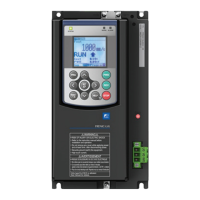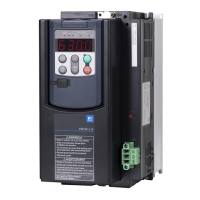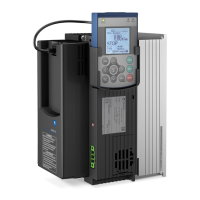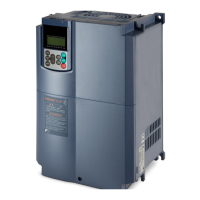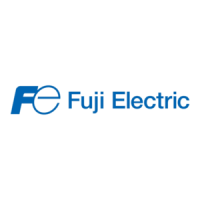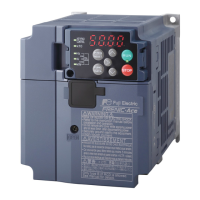Page 24 of 28 Fuji Electric Europe GmbH
12. Lift fine tuning (troubleshooting)
The typical problems have been divided in three different zones: starting, travel and stopping. Figure 14.1 shows a
standard lift travel divided in the three areas.
Speed
ON
ON
Time
ON
Starting StoppingTravel
Figure 14.1. Standard lift travel divided in three zones
TROUBLESHOOTING (Starting)
Insufficient starting frequency
Increase F23
Max. F23=1.0 Hz
Increase L82
Max. L82=F24 – Brake reaction time
Increase P06
P06=30~70% of P03
Increase F09
Max. F09=5.0%
Too high starting frequency
Reduce F23
Min. F23=0.1 Hz
Reduce L82
Min. L82=0.20 s
Increase F24
Max. F24=1.5 s
Reduce P06
P06=30~70% of P03
Not related to inverters setting
Check brake operation
Check guides (oil, alignment, etc.)
Check car fixation (shoes)
VIBRATION AT
CONSTANT
SPEED
Decrease P06
P06=30~70% of P03
Reduce HIGH speed (i.e. C11)
Set motors rated speed instead of motor synchronous
speed
Not related to inverters setting
Check guides (oil, alignment, etc.)
Check car fixation (shoes)
Check motor connection (Δ or )
Check motor gearbox
UNDERSHOOT
FROM HIGH
SPEED TO
CREEP SPEED
Reduce P12
Min. P12=0.1 Hz
Deceleration too fast
(NOTE: Control that creep speed is
kept)
Increase deceleration ramp (i.e. E13)
Max. E10-E16, F07-F08=2.00 s
Increase 2nd S-curve at deceleration (i.e. L25)
Max. L19-L28, H57-H60=50 %
Increase P06
P06=30~70% of P03
Increase F09
Max. F09=5.0%
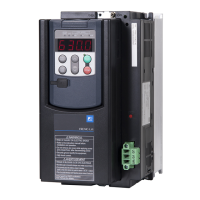
